uST and Maglev: comparing the applicability of transport solutions
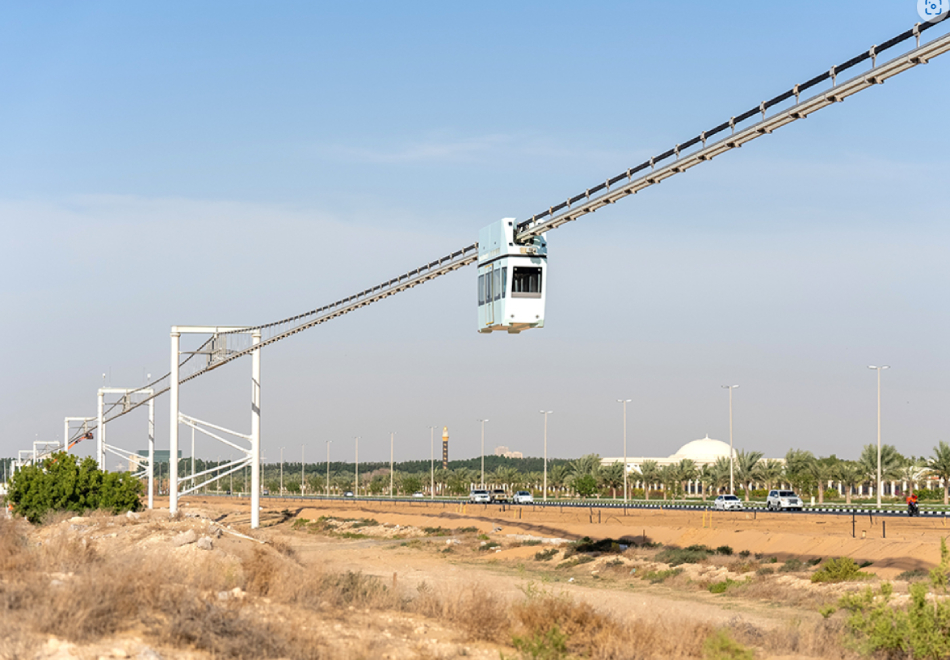
Magnetic levitation trains, which were launched at different times in China, South Korea, Japan and other countries, are still not widely used. What prevented the once cutting-edge solution from becoming the primary choice to replace ground rail transport, and what sets it apart from uST? Let’s explore the applicability of these transportation modes to figure it out.
Fundamentally different implementation costs
It is costly to construct an overpass for maglev traffic. In Shanghai, a line for a maglev train with two stations had been building in 2001–2003. It connected Pudong International Airport with a metro station. The length of the line was 30.5 kilometers and its erection costed about $1.3 billion, that is, about $43 million per kilometer (now this amount would be even more). The high costs were explained by the fact that a significant part of the overpass was laid over a marshy area and for the supports it was necessary to create concrete pads resting on a rocky base up to 85 meters thick. Obviously, not all states are prepared to bear such costs.
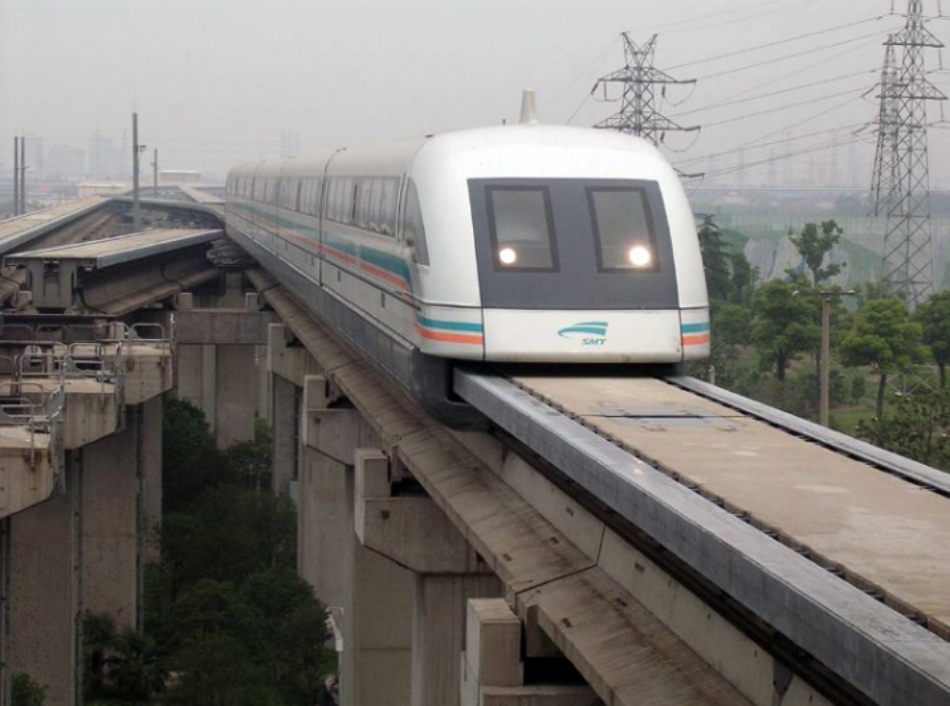
Laying the line of uST transport and infrastructure complex of the same length would be much cheaper due to the absence of massive material-intensive constructions. The price of the uST complex depends on several factors. But we can confidently say that all other natural, climatic and infrastructural conditions being equal, the construction cost for 1 km of the uST transport overpass is 4% of the construction cost for 1 km of the metro.
A string rail overpass is capable of passing over difficult terrain and various obstacles: rivers, swamps, lakes, industrial facilities and residential areas. At the same time, the pitch of anchoring structures and supporting towers is up to 10 km and 2000 m respectively. This is an economical solution that does not interfere with the environment or the established infrastructure of the city.
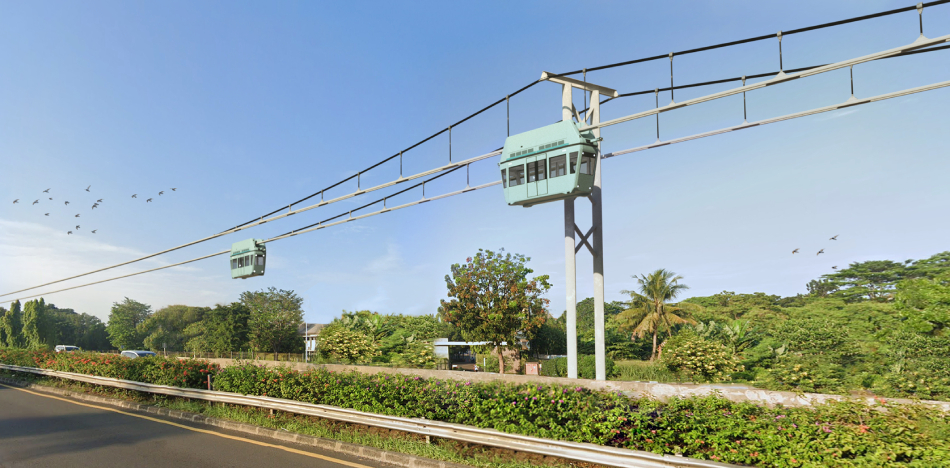
Payback issue
When using a transport system, the issue of its payback is vital. Despite its relevance among the population, the already mentioned Shanghai maglev has recently brought annual losses of $93 million.
A high-speed train may be in demand when transporting large numbers of people over long distances, for example on the Beijing – Shanghai route. What if the region is sparsely populated or passenger traffic is high only during rush hour, when people from the suburbs or residential areas go to work in the city center in the morning and return in the evening? During the daytime, you will have to launch a long train, which will remain half empty. This is unlikely to generate much revenue. Moreover, on a short segment of the journey, the maglev will not be able to demonstrate high speed as one of its main advantages.
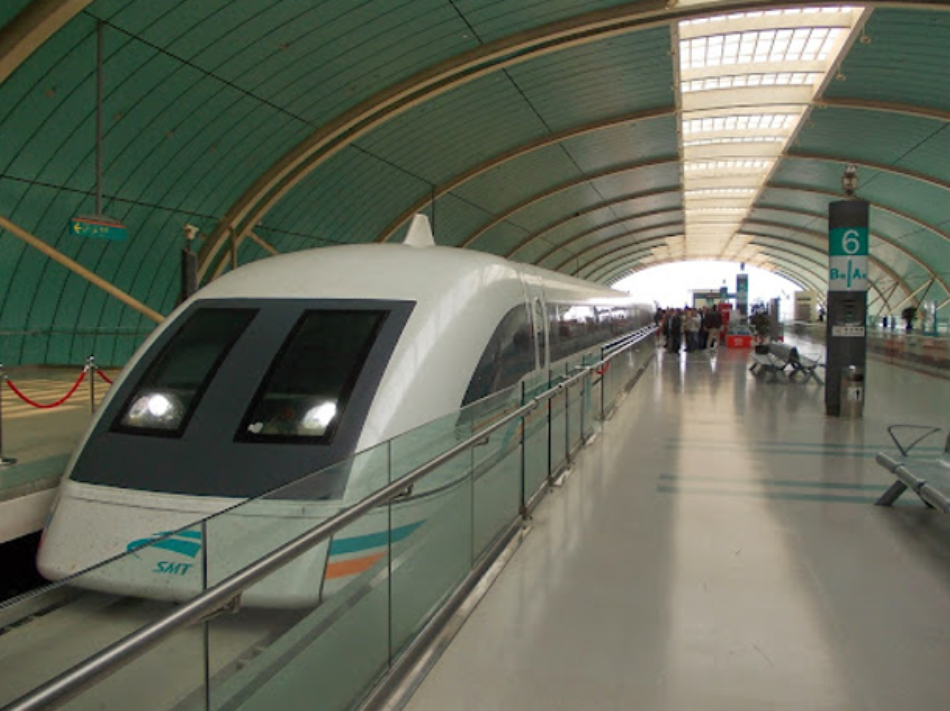
Another aspect is freight transportation. For cargo maglev it is necessary to build a separate track. The question arises again: will it be profitable?
The uST transport and infrastructure complex will pay off in the coming years after construction. Unmanned electric vehicles on steel wheels (uPods), including those assembled into trains, can accommodate from 2 to 250 people. The number of uPods on the line and the intervals are adjusted depending on passenger traffic. Low-capacity transport is used to reach sparsely populated and remote areas, which is advantageous given the high energy efficiency of uPods and the low cost of track construction. As for speed, lightweight and mobile rail electric vehicles are capable of accelerating up to 150 km/h over shorter distances.
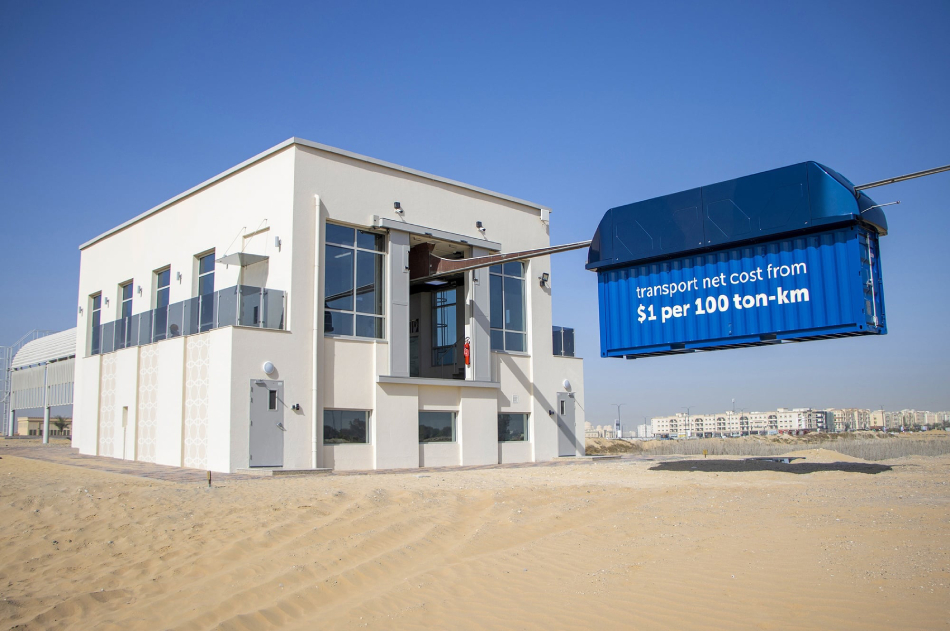
Both mounted and suspended uPods can simultaneously move along the uST string rail overpass, and both passengers and cargo can be transported. So, there is no need to build several types of tracks, and the existing complex will pay for itself in a short time.
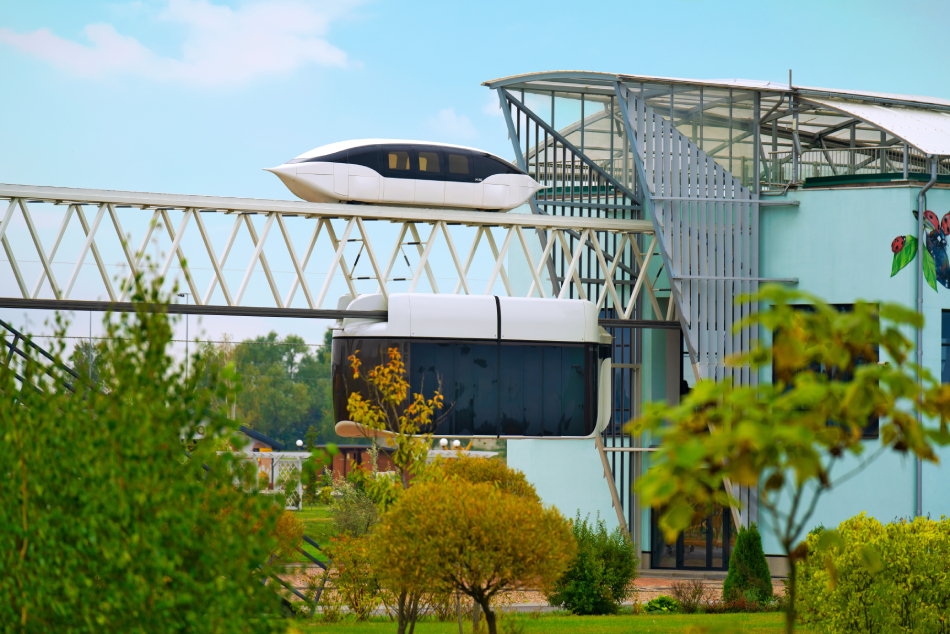
Integration into urban infrastructure
Maglev cannot use the city’s existing transport infrastructure, nor can it use the railway tracks. In order to run a maglev train, it is necessary to build large stations, a special double-sided track on massive, closely spaced supports for track structure with huge magnets. It is not easy to integrate such structures into dense urban areas: they would occupy a large space and could disrupt the ground tracks, which are already in use.
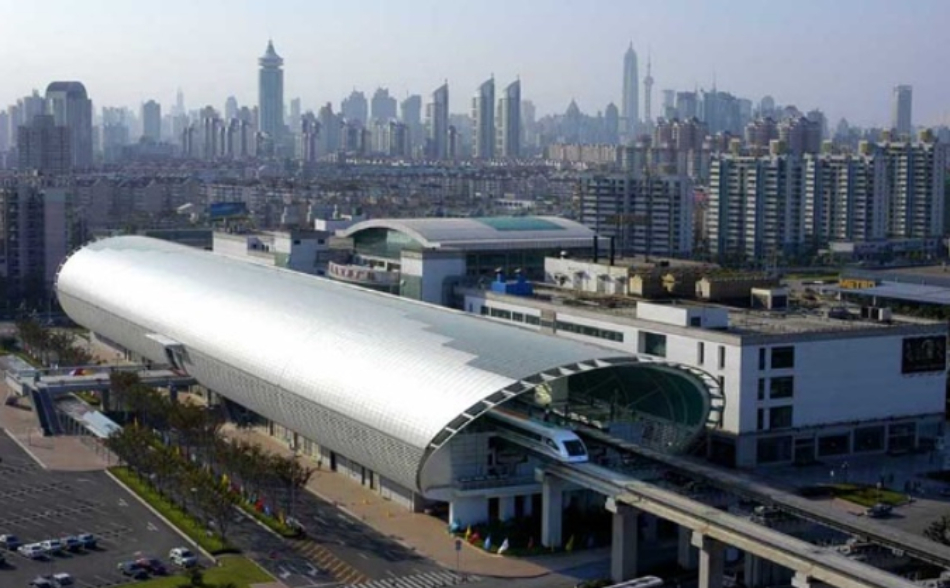
The construction of uST transport infrastructure complexes requires minimal land acquisition. The anchoring structures can be combined with buildings for various purposes, including passenger stations and cargo terminals. The light and openwork string rail track will harmoniously fit into the architecture of any settlement, including cities with historical buildings, and will not disturb the existing landscape and land routes. A special advantage of uST is that the track can be built right over available roads without blocking them. This is exactly how the string rail overpass was built in uSky center.
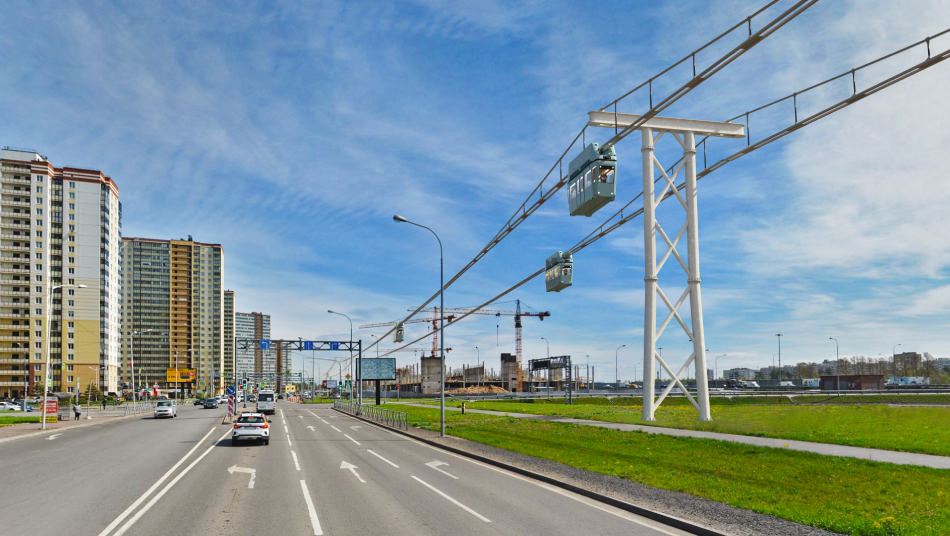
Let’s recap
The main problems in introducing maglev are the high cost, long payback period and complicated integration into urban infrastructure. A magnetic levitation train is ineffective for short distances and low passenger volumes.
uST is easy to implement in dense urban areas and is beneficial for moving large quantities of cargo and passengers over any distance. Solution from UST Inc. requires lower costs than everywhere spread transport: metro, LRT, cable cars. uPods that are part of uST transport and infrastructure complexes are fast, environmentally friendly, reliable and safe in various climatic conditions.
More news
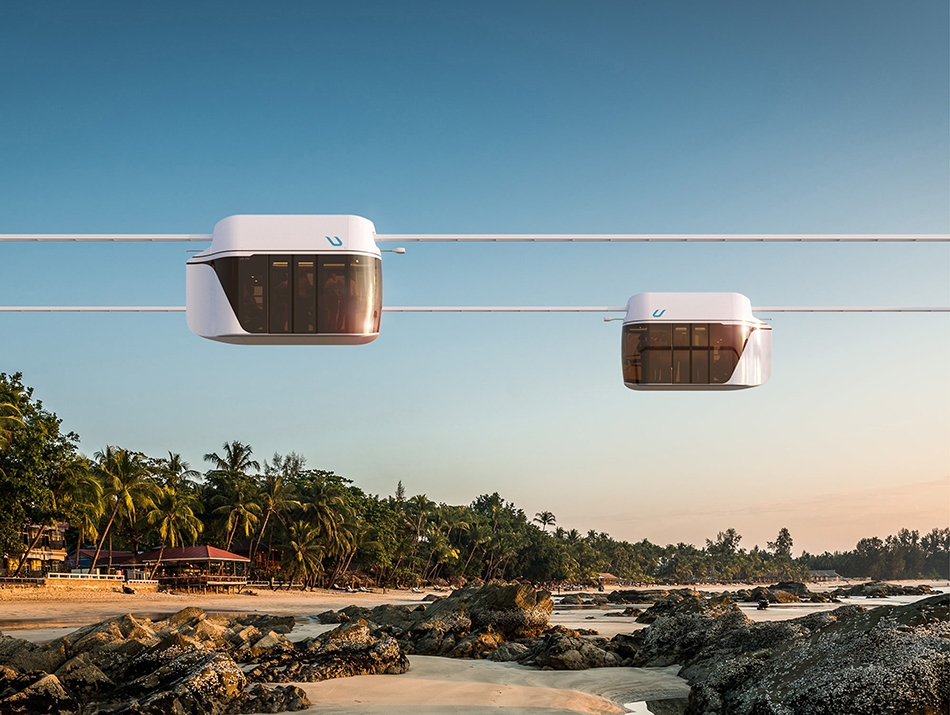
News
19 December 2023
Representatives of UST Inc. – on the peculiarities of negotiations in the regions
What kind of projects are we talking about? Are passenger or cargo transportation the most demanded by customers?
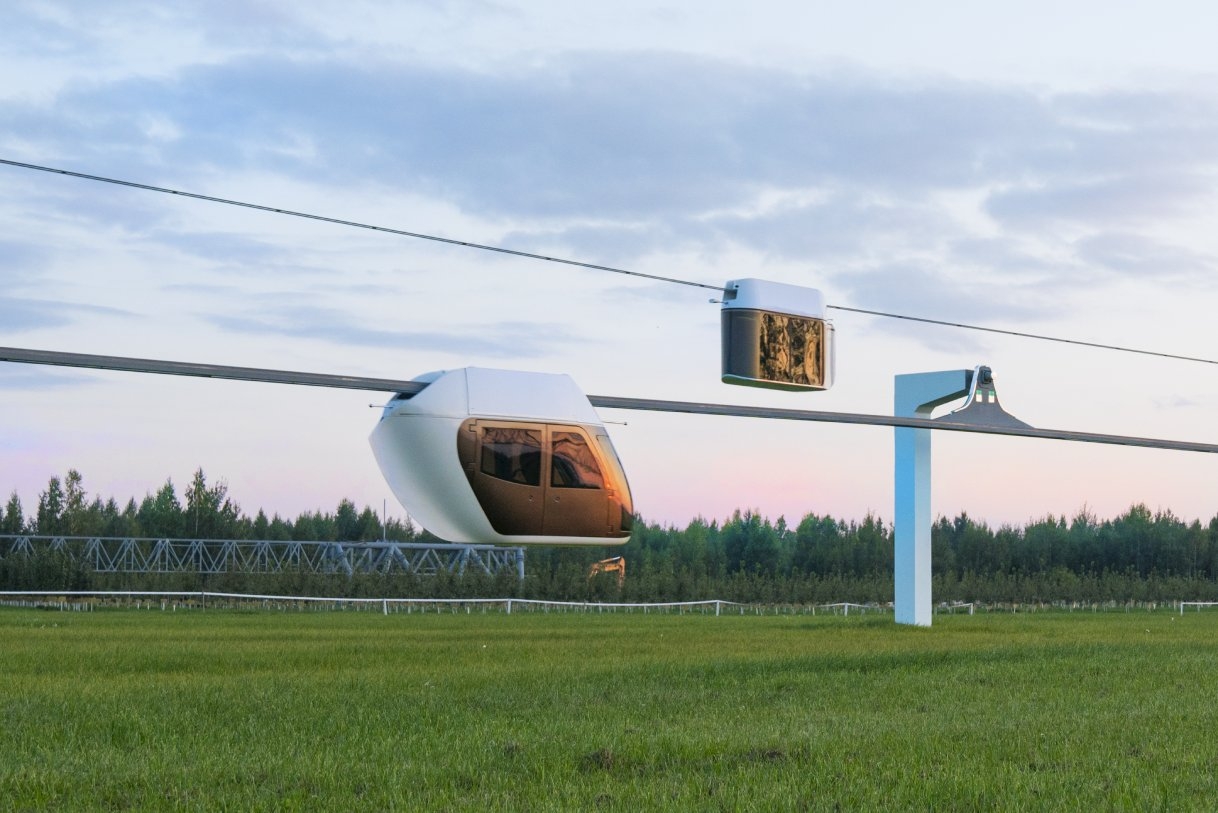
Blog
19 December 2022
How Can uST Transport Improve Indonesia's Environment?
Unitsky String Technologies Inc. keeps working under the agreement with ITS Indonesia. One of the promising activities is the implementation of the "Indonesia Net Zero Emissions by 2060" program.
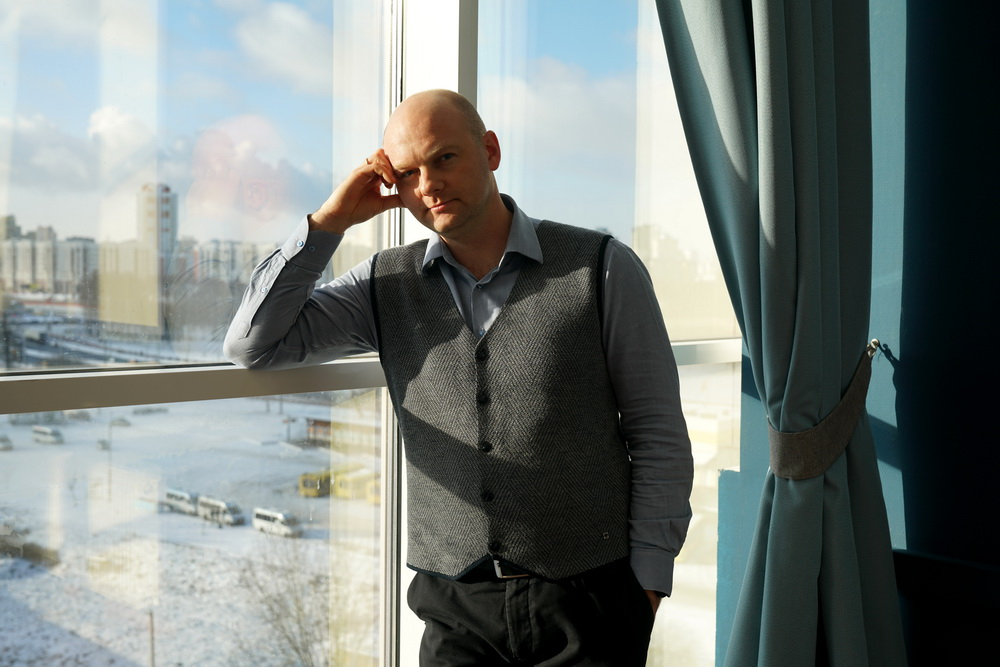
Interviews
30 December 2021
UST Inc. 2021: the Chief Designer of Rapid Transport Complex Shared Company’s Achievements
Another figure of our series of interviews is Vitaliy Lapkovskiy, Chief Designer of Rapid Transport Complex.

